3 Drills, 20 Minutes Practice And No More Three-Putts
Getting rid of three-putts isn't a case of just practicing from long distance. Try these drills to really tidy up your putting...
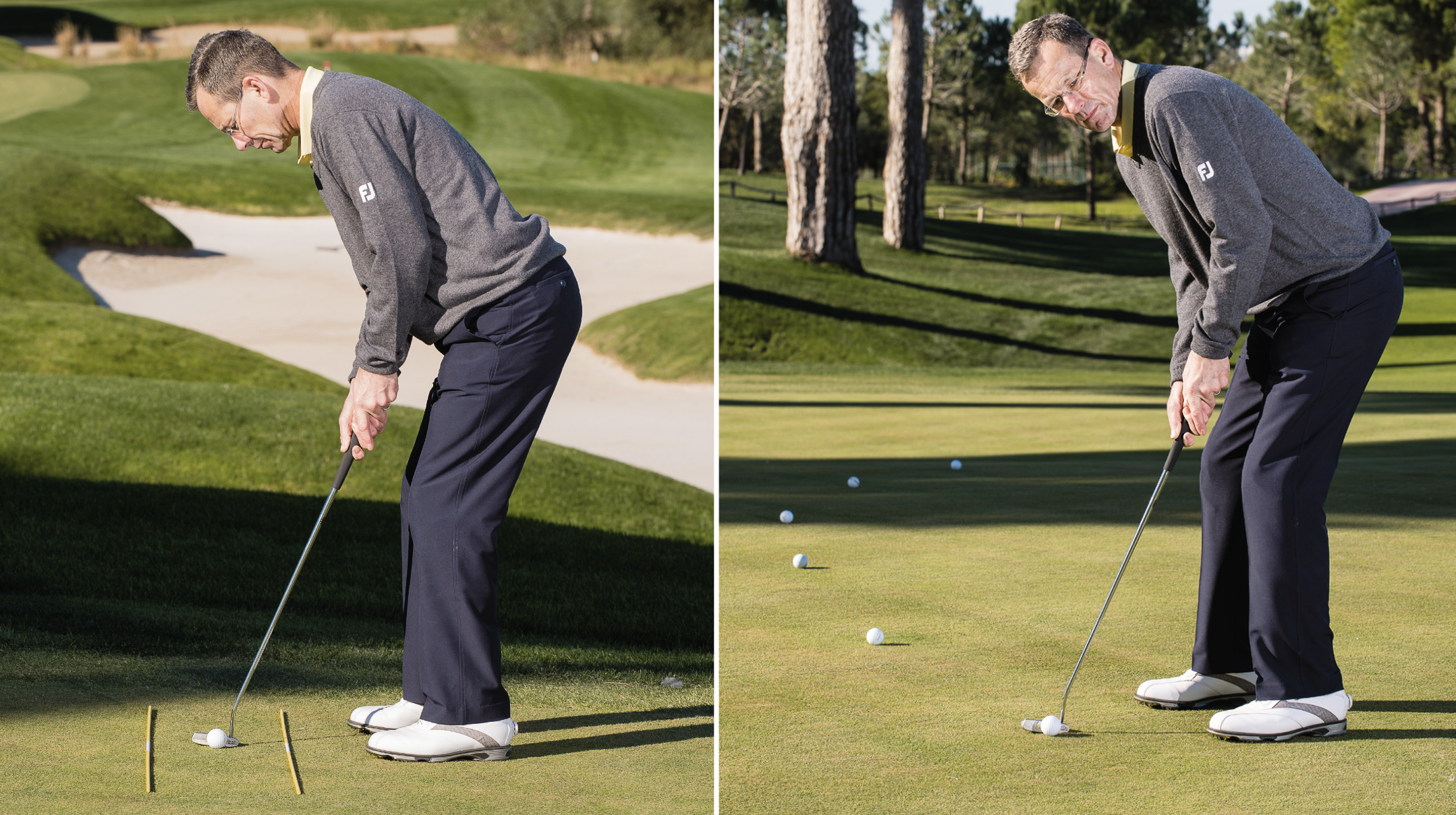
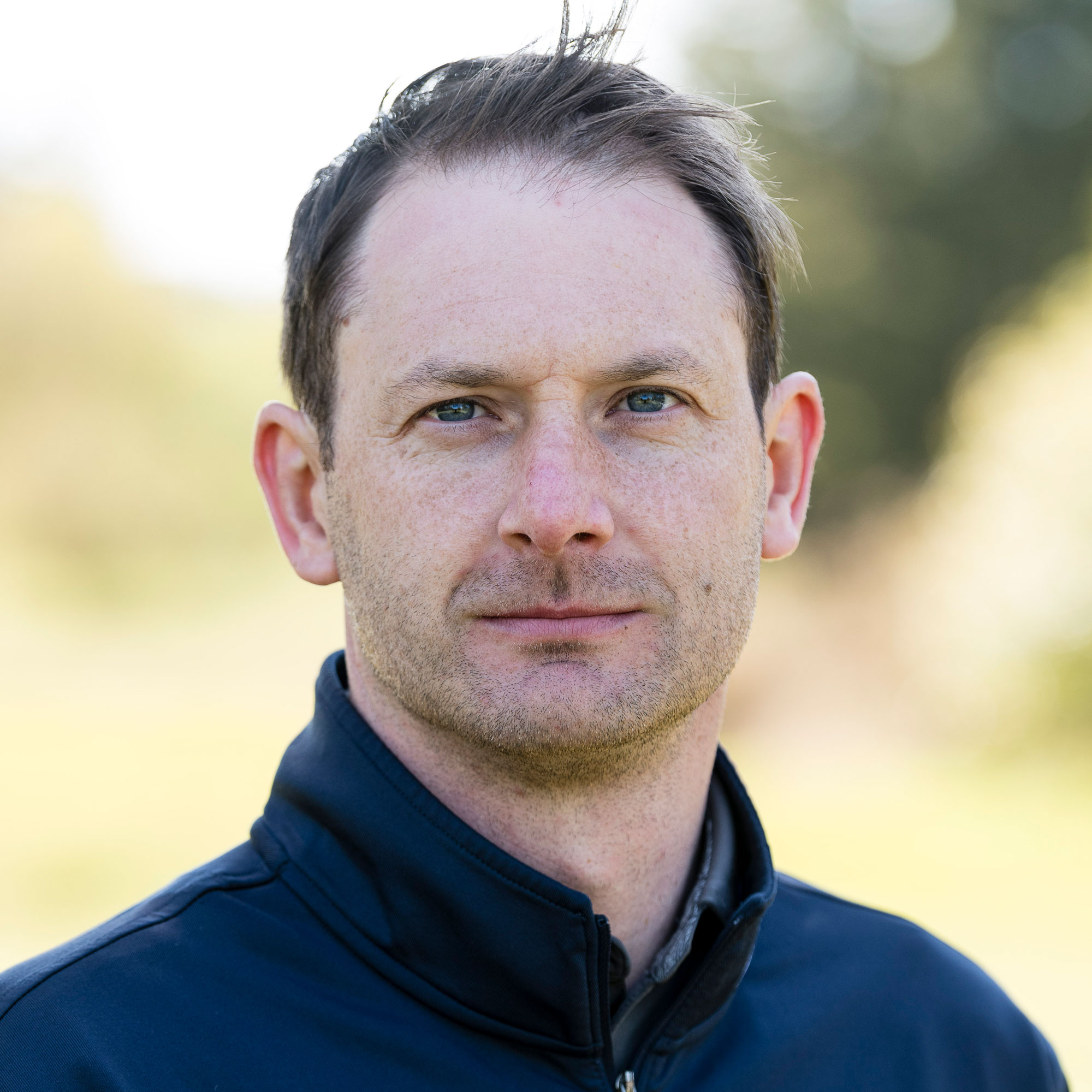
Paul Foston
If you really wanting to stop three-putting, you need to put some practice in on the putting green. Ideally, you need to work on a few drills, which will really help you to focus and create a bit of pressure.
Here, Golf Monthly Top 50 Coach Paul Foston demonstrates three of the best putting drills that will help you to stop three-putting.
Yes, we're going to three-putt occasionally - even the pros do - but these drills are designed to make them much more of a rarity.
DRILLS TO HELP YOU STOP THREE-PUTTING
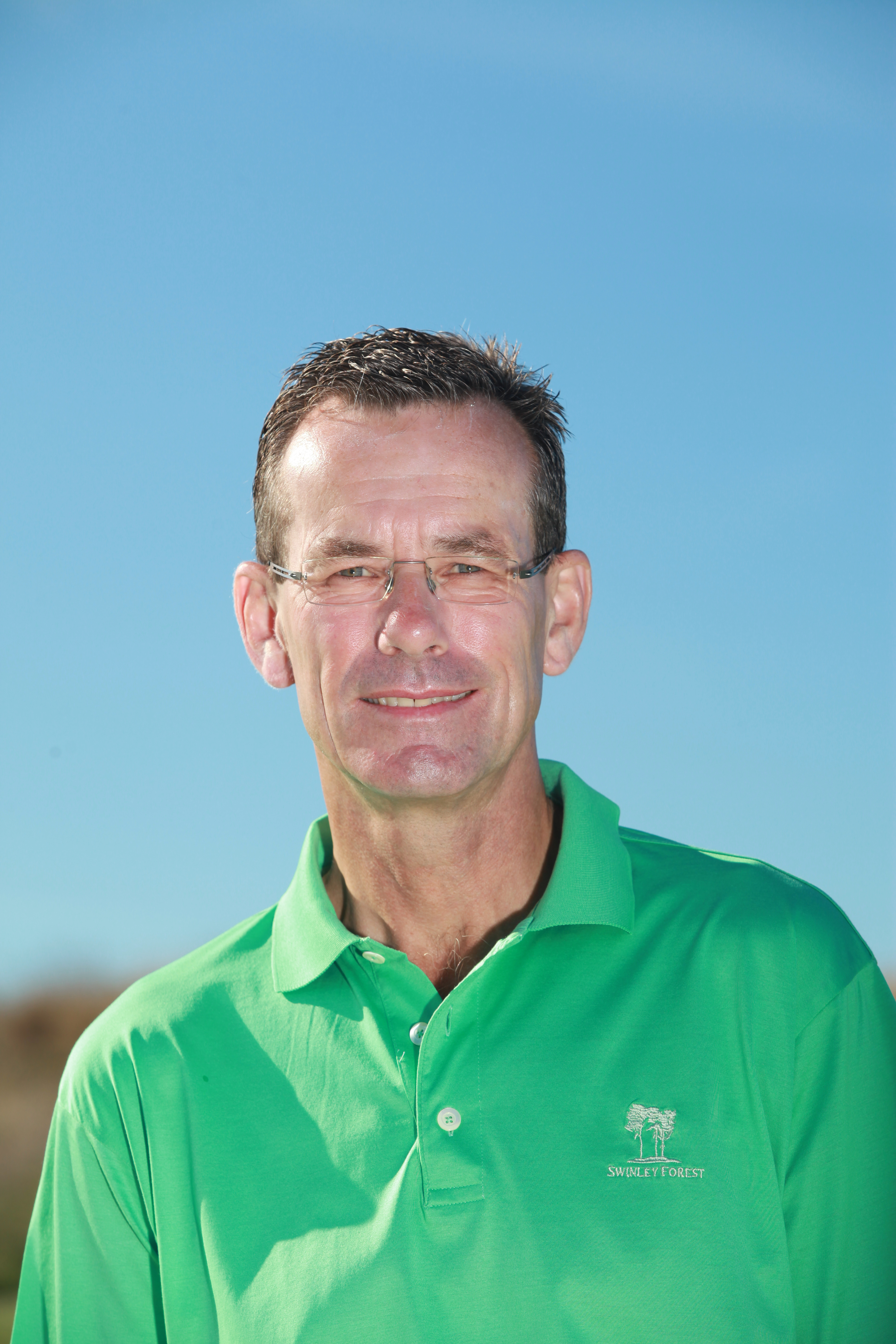
Paul has worked with a number of Tour professionals over the years, and is proud to have successfully coached over 40,000 students. In 2005, he set out to design his own academy with a ‘world class’ coaching infrastructure of technical advancement and a tailor made short game layout to practice every real life challenge experienced on course.
1 Breaking putt drill
One of the biggest mistakes amateurs make on the greens is missing sloping putts on the low side. If you fall into that camp, this drill will help.
Find a breaking putt on the practice green and place six balls along the line of how you expect it to break. Starting with the straight putt that’s nearest to the hole, work your way back.
Each putt you hit will break slightly more than the one before. When you reach the final ball, you’ll have a much better feel for the extent of the break facing you. This is a great way of training yourself to picture the line of sloping putts.
Get the Golf Monthly Newsletter
Subscribe to the Golf Monthly newsletter to stay up to date with all the latest tour news, equipment news, reviews, head-to-heads and buyer’s guides from our team of experienced experts.
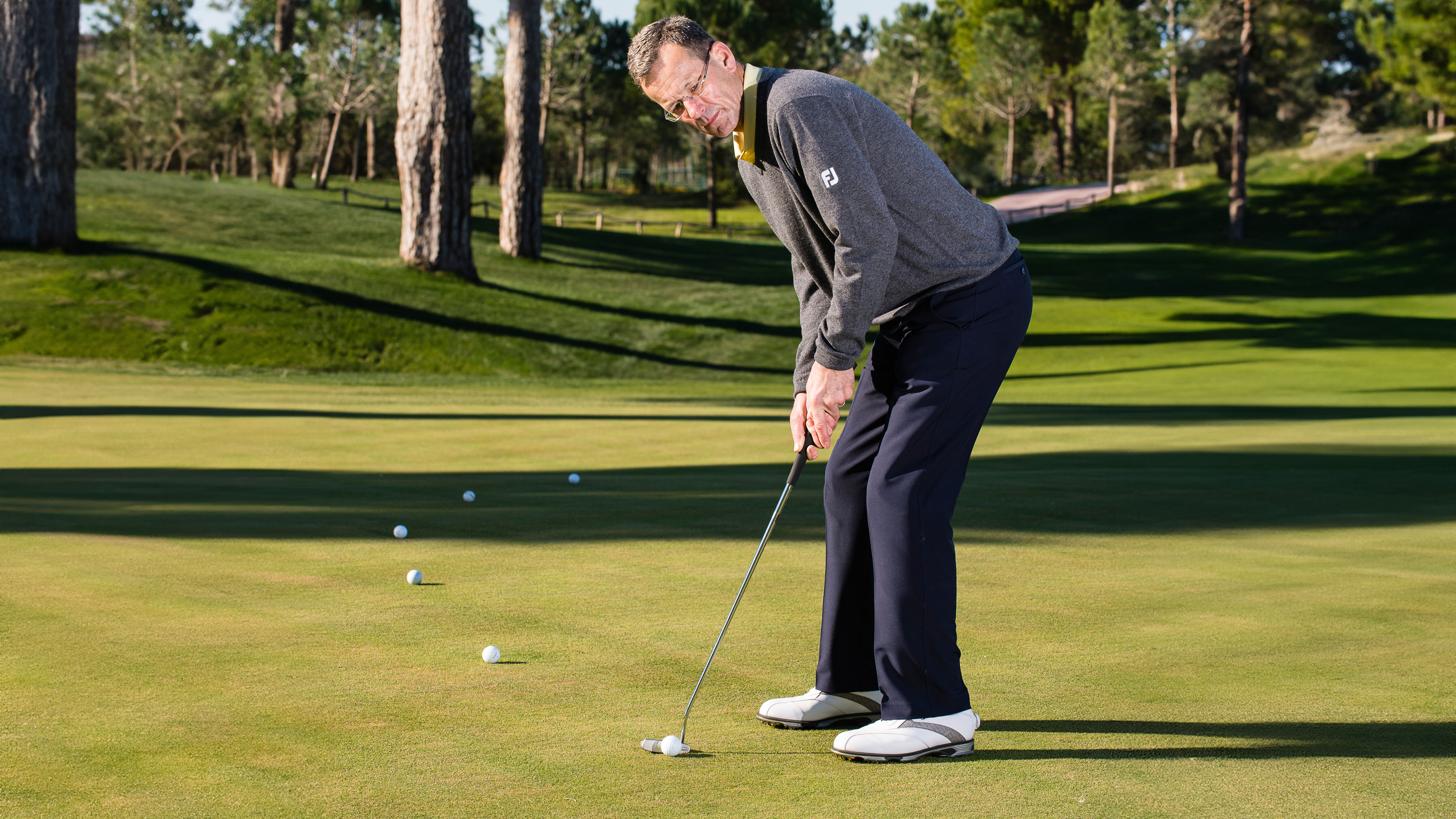
Working your way back from the hole is a really effective drill
2 Committing to the curve
Another great drill to help you commit to hitting the apex of the curve is to practice hitting straight putts to the point at which you expect the ball to break.
Here (below), I have placed four tee pegs in the ground just inside where I think the ball will bend. I’m looking to narrowly miss the last tee – what happens after that will depend on how accurate my read was.
Think of this not as one long, breaking putt but a shorter, straight putt. Lock in your focus on that point and you’ll avoid the mistake of being drawn into your final target.
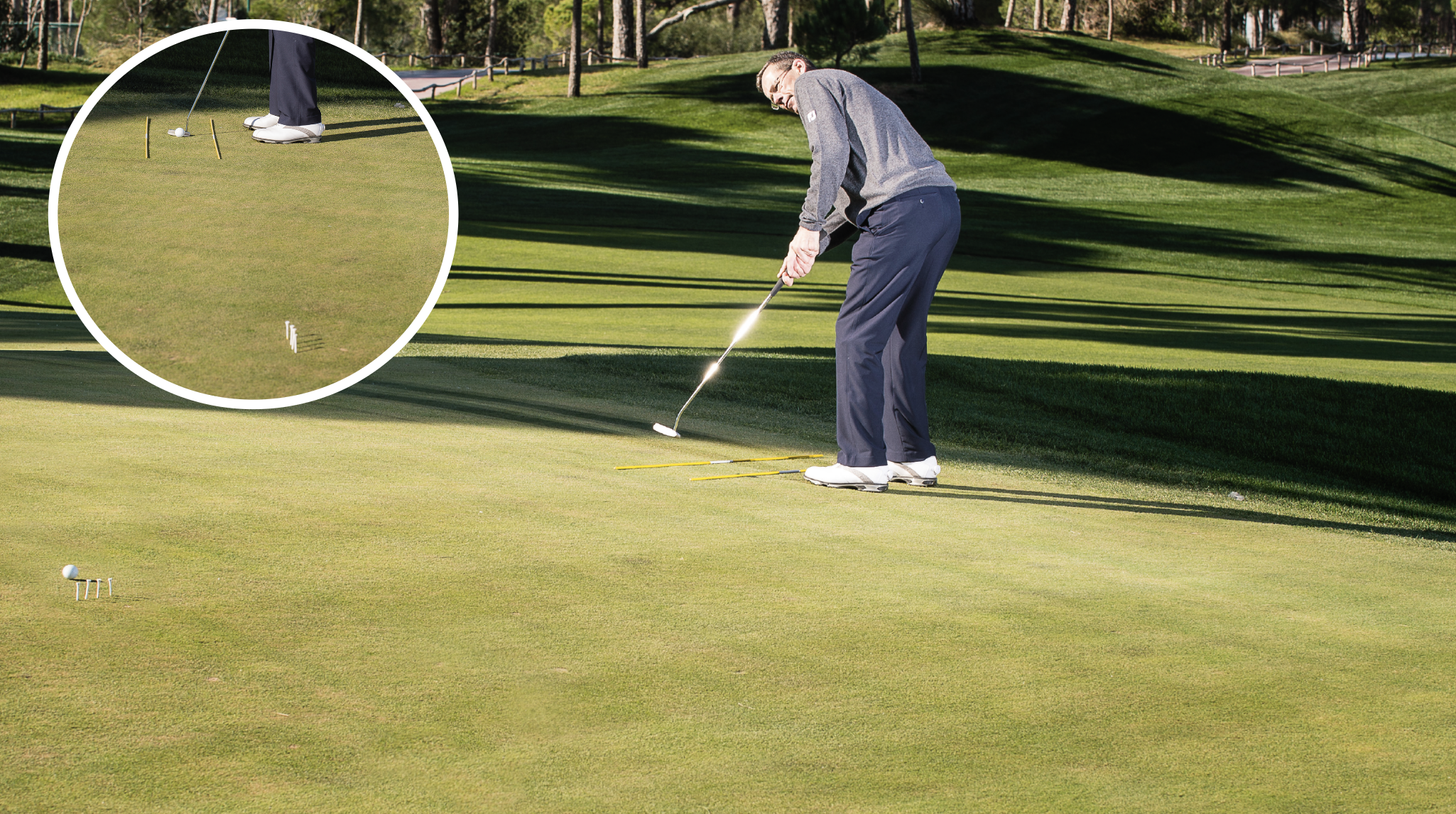
Lots of golfers three-putt because they focus too much on the final target (the hole)
3 Round the clock drill
Place 12 balls around the hole in the formation shown here. The idea is to move round the clock, holing all the four-footers, moving onto the five-footers and finally the six-footers.
As you move round, each putt will have a slightly different break that you’ll need to read. Run through your usual pre-putt routine for each ball as this will help you feel comfortable when you are trying to make these for real.
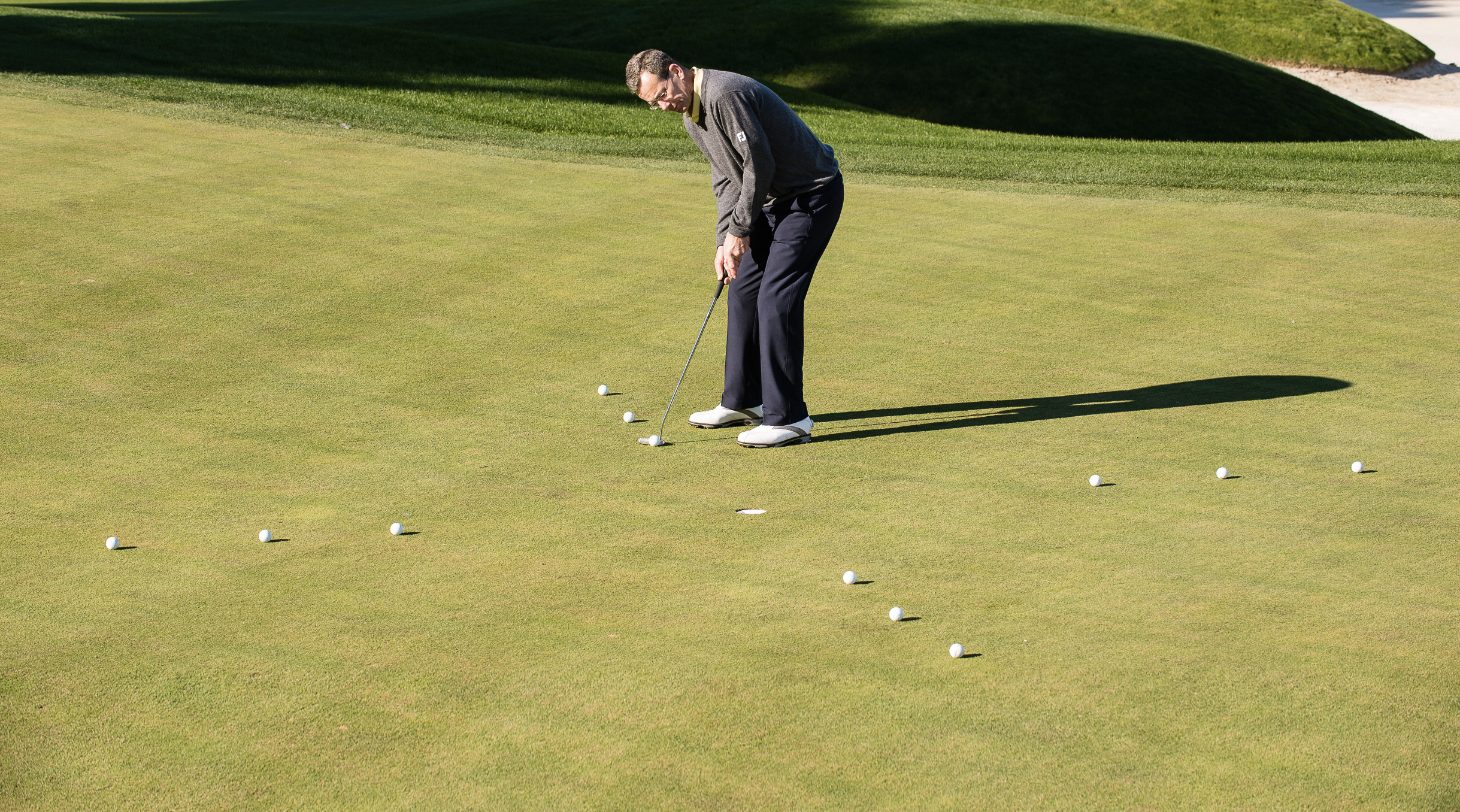
FAQS
How many three-putts does the average golfer make over the course of a round?
For the average golfer (15-handicapper), the stats show that this player will three-putt every 9.7 holes. This number has been provided by Shot Scope, our official data partner.
How many three-putts does a scratch golfer make?
According to Shot Scope, a scratch golfer will three-putt, on average, once every 35.7 holes.

Michael has been with Golf Monthly since 2008. A multimedia journalist, he has also worked for The Football Association, where he created content to support the England football team, The FA Cup, London 2012, and FA Women's Super League. As content editor at Foremost Golf, Michael worked closely with golf's biggest equipment manufacturers and has developed an in-depth knowledge of this side of the industry. He's a regular contributor, covering instruction, equipment, travel and feature content. Michael has interviewed many of the game's biggest stars, including seven World No.1s, and has attended and reported on numerous Major Championships and Ryder Cups around the world. He's a member of Formby Golf Club in Merseyside, UK.
- Paul FostonTop 50 Coach
You must confirm your public display name before commenting
Please logout and then login again, you will then be prompted to enter your display name.
-
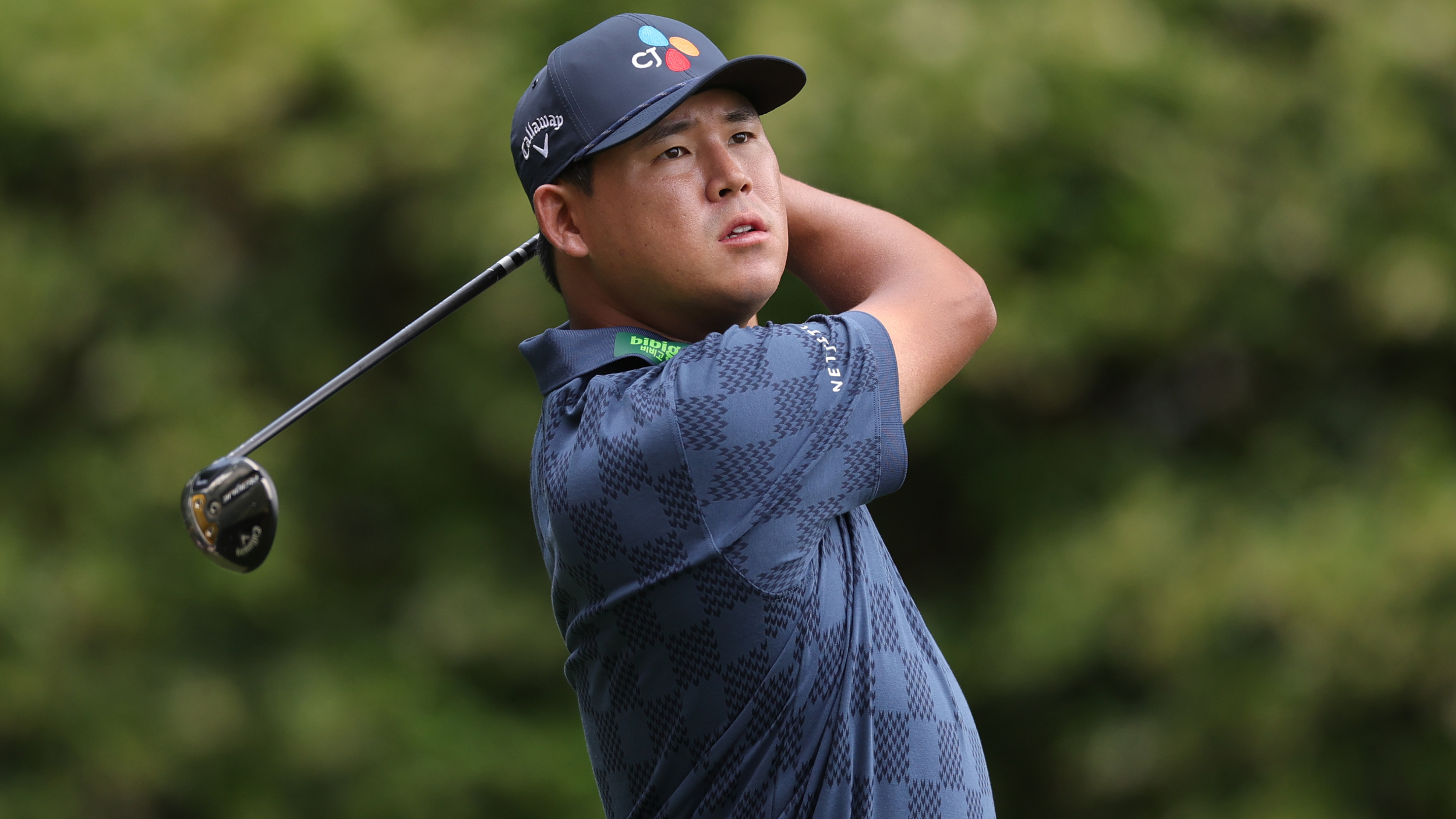 RBC Heritage Tee Times 2025: Round Four
RBC Heritage Tee Times 2025: Round FourA fascinating final day is in prospect at Harbour Town as some big names challenge for the title - here are the tee times for Sunday
By Mike Hall
-
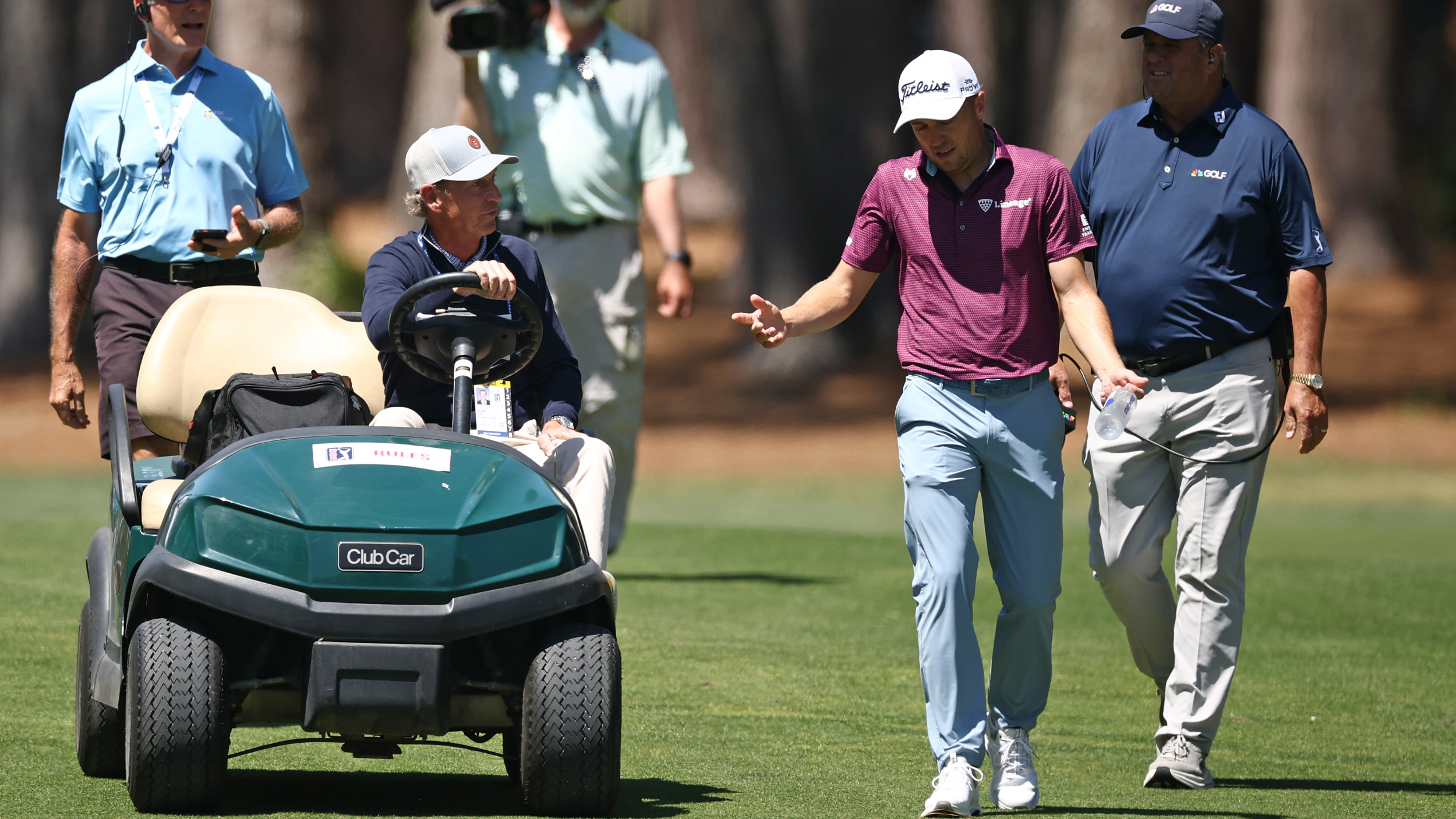 Justin Thomas Calls One-Stroke Penalty On Himself In Third Round Of RBC Heritage
Justin Thomas Calls One-Stroke Penalty On Himself In Third Round Of RBC HeritageThe overnight leader breached a rule on just his second hole of the day as his bid for a first win since 2022 suffered a setback
By Mike Hall